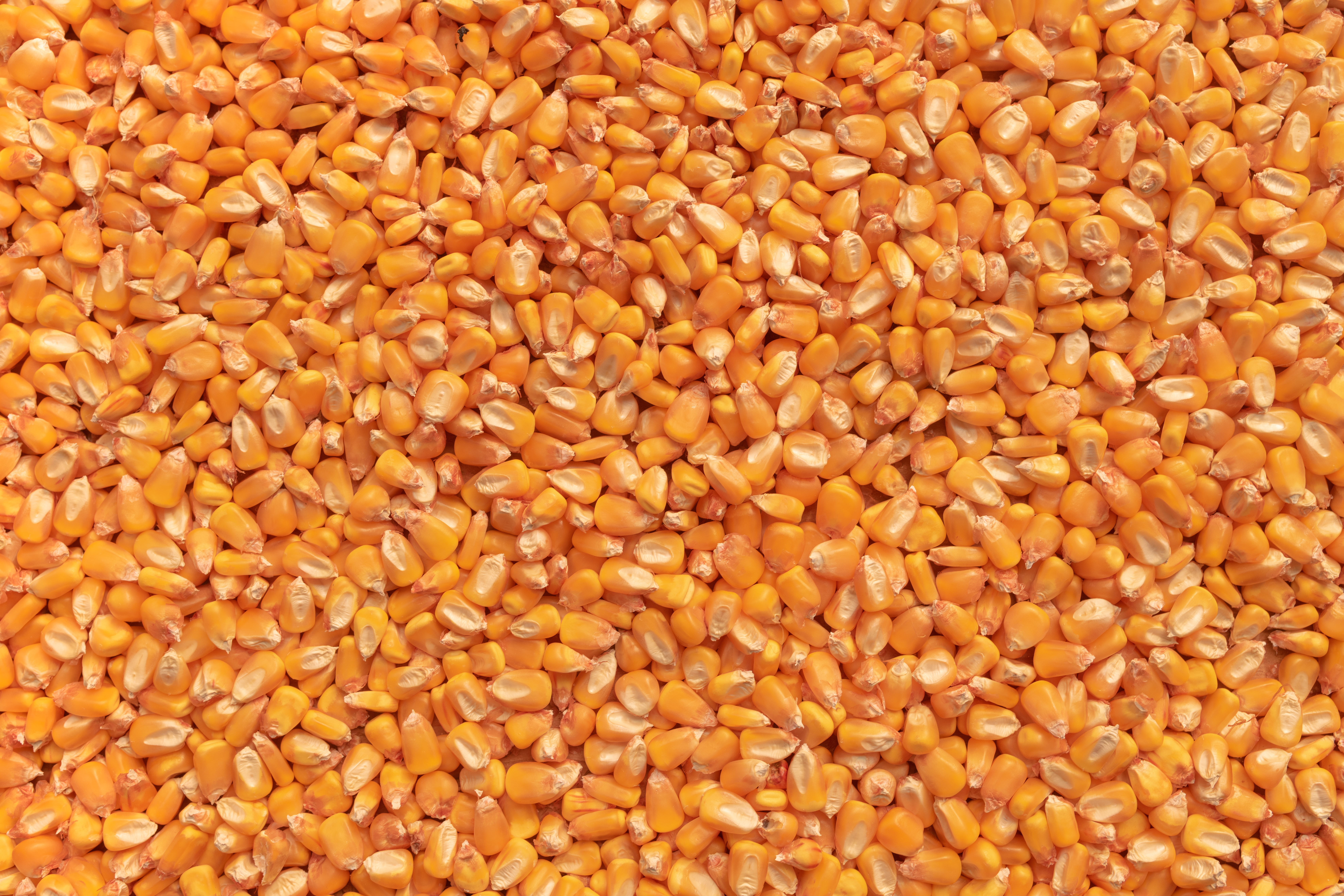What’s going on with U.S. Corn Yields?

In 2023, the U.S. corn crop was a record 177.3 bushels per acre, but it was also 3.8 bushels below the trend line. Furthermore, national average corn yields for the last 10 years (since 2014) have been within a narrow range, just 9.8 bushels. When running these data through various analyses – such as looking at the slope of the trend line – many have wondered what’s going on with U.S. corn yields.
To provide more perspective, we’ve considered three different slices of the data. This article features U.S. corn yields since 1960 – a longer timeframe than the 2024 Corn and Soybean Yield Guide.
A String of Below-Trend Yields
While U.S. corn yields have seemingly been stuck in a 170bpa rut, posted yields have been the result of a five-year run of above-trend yields (2014- 2018) followed by five years at or below trend (2019-2023) (Figure 1)[1]. Long-time readers will remember us writing “Disappoint Yield Ahead?” five years ago when 170-bushel national yields were a “big crop.”
Figure 1 – which reports how far above or below the trendline yields were each year- also reveals it’s been a while since yields have been dramatically below the trendline. Historically, yields less than 10 bushels below the trend line have occurred 8 times in 64 years (13% of the time). The last time this occurred was in 2012 and it nearly occurred in 2011. To be clear, we aren’t saying a short crop is “due,” but providing context about how recent observations stack up historically.

Figure 1. U.S. Average Corn Yield, Annual Departure from Trendline. Data Source: USDA NASS and AEI.ag Calculations.
Departure from Trend
Building off the annual departure from the trendline measures (Figure 1), Figure 2 shows the three- and five-year moving averages . Such measure gives us a better idea of how strong or weak recent yields have been. Using the 64-year trend-line, both moving averages are slightly below zero, and, importantly, not historically low. Instead, yields between 2014 and 2018 where historically high with the 3-year moving average exceeding +8.5 bushels in 2018. This means some of the head scratching about why yields have been stuck around 170 should carefully review conditions 5-10 years ago rather than anchoring on the most recent data.
Stepping back even further, other stretches of above and below patterns are observed throughout history. The moving averages were often positive throughout the 1960s, 1970s, and 1980s, but spent the 1990s below the line.
To be clear, this chart doesn’t tell us what’s driving these stretches. Some could be due to leaps and stalls in the productivity gains for genetics and traits. Another driver could be due to weather outcomes (similar to the random nature of flipping a coin and getting heads several times in a row). Lastly, Figure 2 is a reminder of how narrow slices of yield data could lead us to conclusions that don’t hold up over the long run. Others have written about this (an agronomist did here), but imagine how steep the trend-line would look like if we only considered yields from the mid-1990s to mid-2000s.

Figure 2. Corn Departures from Trend Yields, 3- & 5-year moving averages. 1962-2023. Data Sources: USDA NASS and AEI.ag Calculations.
Stable Yields
Since 2014, guessing the U.S. national average corn yield would be 172.5 bushels per acre would have only been wrong by, at most, five bushels per acre. To be clear, these are posted yield (not trend adjusted). How often in history have yields been this stable?
To answer this, Figure 3 shows the range of U.S. corn yield for the preceding decade. It turns out that there hasn’t been a 10-year stretch since the 1960s that had such stable yields. A normal range is closer to 38 bushels, and has exceeded 50 bushel at various time, usually after a really bad corn yield (2012 and 1988).

Figure 3. Range of U.S. Avg. Corn Yields for Preceding 10 Years. 1969 -2023. Data Source: USDA NASS and AEI.ag Calculations.
Wrapping it Up
These three charts are similar but different perspectives of recent U.S. corn yields. First, the current string of near or below trend yields (2019-2023) came after a five-year string of above trend yields (2014-2018).
Second, when measured as a departure from trend line, yields in recent years have average below the trend line, but the average deviations have been much further from the trend line in history. One could argue that the 2014-2018 stretch of 170-bushel yields was the unusual feature.
Third, the range of recent yields has been very narrow. The impact of this is a lot of us have probably over anchored expectations about national yield potential in 2024 around 175 bushels. It’s also why the USDA starting point of 181.0 may high. Market participants – traders, producers, consumers – should think critically about the range of possible yield outcomes in 2024 and beyond. It seems very unlikely that the 10-bushel range will last forever.
Still curious? Check out Brett’s recent articles about weather-adjust trendline yields (here and here), the 2024 Corn and Soybean Yield Guide, and join the AFN 2024 Yield Forecast Challenge (details here, get started here).
[1] The departure from trend measure varies depending on how far back the trendline is drawn. If one uses 1988-2023 data, there has been a 5-year run of below-trend yields (2019-2023).